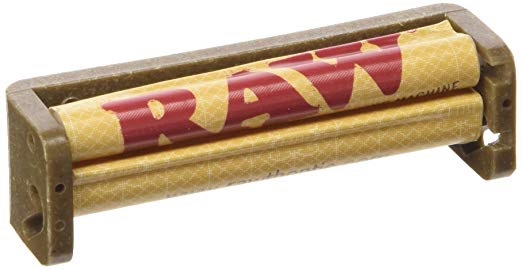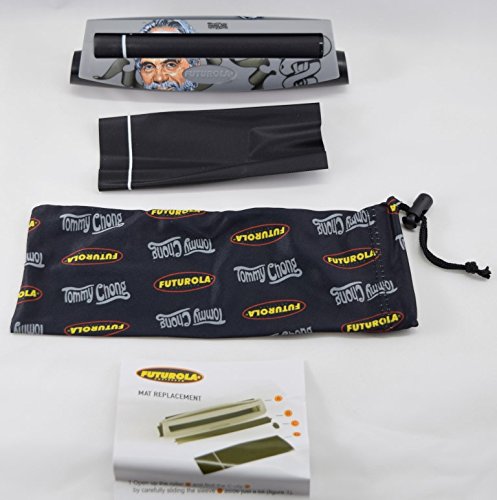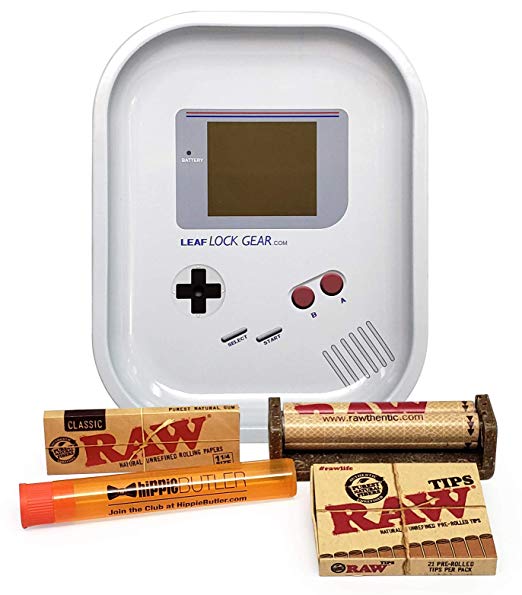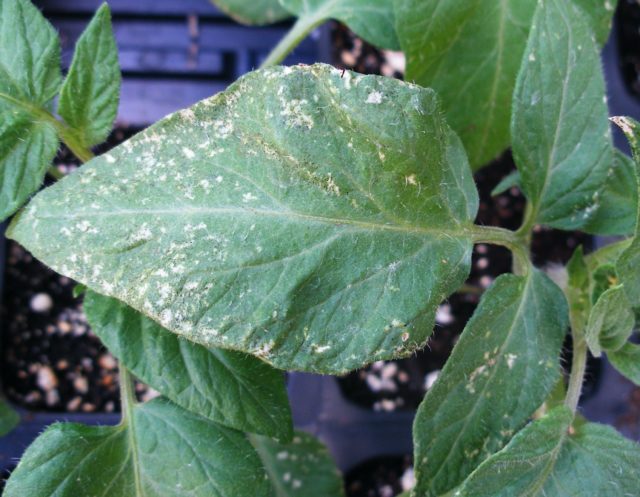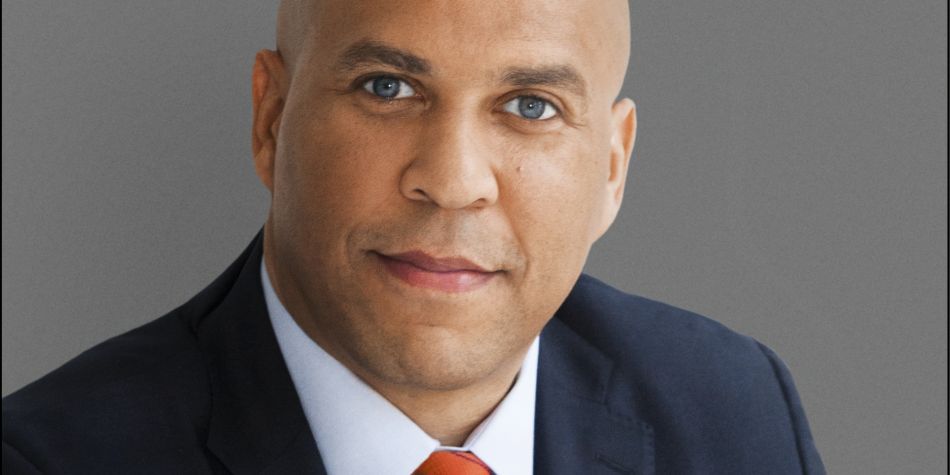In this short article, Growers Network discusses legal medical Cannabis in Thailand.

Hello! It's time to break out the (medical) Thai stick as around the globe, the anti-Cannabis dominoes continue to fall.
Thailand's government voted to legalize medical Cannabis this month. The law was passed unanimously by the country’s National Legislative Assembly in a 166-0 vote, but it’s not quite a done deal. Monarch King Maha Vajiralongkorn must give final approval of the new law before Thai patients can begin legally using medical Cannabis. Though recreational use still comes with a hefty penalty (10 years in prison for possession of 10 ounces or less), it’s a major step forward in a region of the world not known for its marijuana tolerance (see map below).

So what do you think? Is this the beginning of a new era of Cannabis tolerance in Asia? Share your thoughts in the survey below or join our forum and start a conversation. See you there!
10 Best Gift Ideas for Cannabis Connoisseurs and Growing Aficionados (2022)
December 7, 2022Developing and Optimizing a Cannabis Cultivation System
December 14, 2021Dealing with Insomnia: How Can CBD Help?
December 10, 2020Your Guide to Sleep and CBD
December 7, 2020
Do you want to receive the next Grower's Spotlight as soon as it's available? Sign up below!

Do you have any questions or comments?

About the Author
Chris DeWildt is a graduate of Grand Valley State University and Western Kentucky University. He worked in education and publishing for ten years before joining the team at Growers Network.

